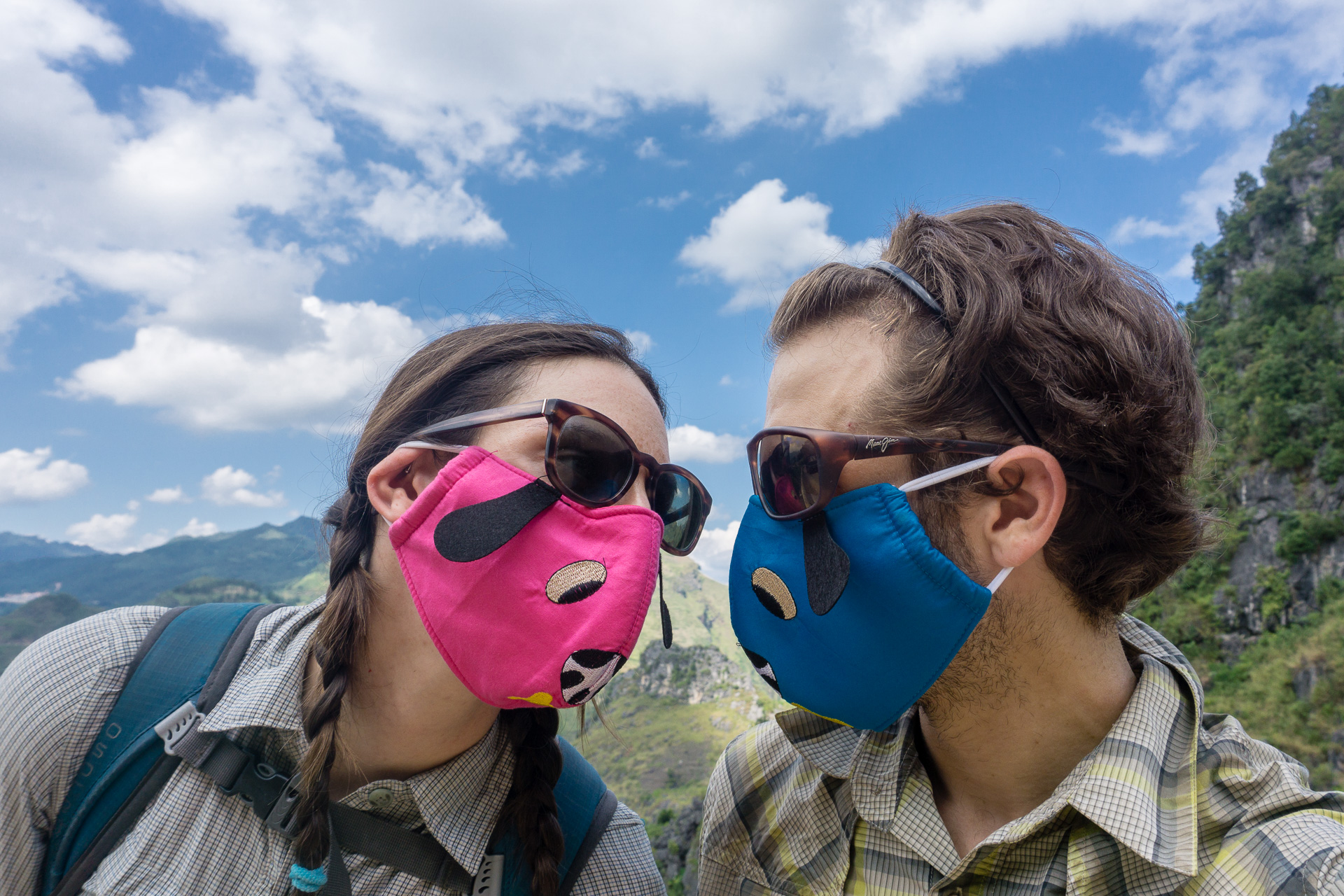5 Pillars of a Successful Location Shoot
/“Photography is an art of observation. It has little to do with the things you see and everything to do with the way you see them.”—Elliott Erwitt
If you want to expand your horizons as a photographer, then shooting on location is a logical step— especially if you love to travel.
All photographers face challenges, but there are many differences between shooting in a studio and shooting on location. In a studio you have total control over the lights and setting; on location, you’re out of your comfort zone and have to juggle your creative talents with endless logistics and uncertainty. But when you get it right, the results are worth it.
Basics Of A Location Shoot
Photographers who shoot in different locations have to do their homework and think on their feet. Transplanting your “studio” to another site requires an extreme level of organization, as well as the ability to multitask—constantly.
Each shoot is different, of course, but there are some steps you can take to ensure a productive session.
A successful location shoot doesn’t depend on one thing alone, so we’ve identified five vital ingredients you can’t do without.
1.) Pick The Right Location
Half of achieving a successful location shoot is picking the right location. This obviously depends on the purpose of the shoot. But no matter what you’re planning on shooting, knowing your chosen site inside and out is extremely helpful.
When trying to decide on a location, you need to consider all the different elements at play, including:
- Accessibility
- Safety
- Logistical issues such as permission to use the site, if needed, and potential costs involved
- Variables such as lighting and weather conditions
No matter what location you choose, you must be able to estimate (with some degree of accuracy) how long it will take for you to get there and how much set-up time you’ll have once onsite.
Before confirming your chosen location it’s essential to ascertain what permission, if any, you need to shoot there, and whether or not there is a cost to enter. This is especially important when shooting in a foreign country, and around nature reserves, historical buildings and similar places with controlled entry. Getting model releases and property releases is crucial if you want the freedom to use your images as you desire.
Some things that help with picking a suitable location are looking at other photographers’ images of the location, researching it online, comparing it to other similar sites, and visiting it before the shoot.
2.) Plan, Plan, And Plan Again
Just like you must research your location, you need to be willing to put a huge amount of effort into the organization of a shoot, from beginning to end. This becomes more complex the more people are involved—assistants, models and others must all know what they’re expected to do, and when.
While there is some degree of spontaneity involved in every shoot, failing to plan means almost certain catastrophe.
Planning can include a number of things:
- Setting a start time for your shoot
- Setting out all the shots you need
- Estimating the amount of time you need to spend on each shot and formulating a basic schedule for the day
- Determining the amount and type of ambient light that will be available, and what lighting equipment you’ll need to deal with changes
- Communicating the timetable to all other people involved, and confirming with them the day prior to the actual shoot
- Making an inventory of gear you’ll need, including backups and spares (batteries, lenses, SD or memory cards)
This level of organization might seem obsessive, but it is necessary. Photography itself is a form of art, but the structure and planning needed to support the creative process is thorough and substantial.
3.) Shoot With Purpose
Photographers shoot in many different places and for an even greater variety of reasons. A photographer may shoot at a specific location for the beautiful landscape, or use it as a backdrop for portraits, fashion shots or conceptual photography—just to name a few examples.
Whatever your focus, it’s important to go into a shoot with a sense of purpose and specific goals. Of course, it’s great when inspiration strikes while you’re working, but waiting for ideas to appear on the day is a huge risk.
When you’re planning your shoot, it can be helpful to brainstorm. What do you want to communicate with your images? How do you want people to react? Are there specific colors or textures that you want to focus on?
Sketching out shots can be a useful exercise too; they might not translate into photographs, but playing with ideas keeps your mind open.
4.) Get Your Head Around The “What Ifs”
Apart from planning your shoot thoroughly, you need to be ready for things to go awry.
A successful location shoot depends on the photographer’s talent and expertise, but those alone can’t guarantee a good outcome.
If your location is outside you need to prepare for unfavorable weather, even if the forecast promises sunshine and balmy temperatures. If something does throw a spanner in the works, you’ll need to have a backup plan. Whether that means canceling the shoot completely, adjusting your schedule or making the best of bad conditions.
Getting your mindset right is also an important element in shoot’s success. If, or when, things go wrong, throwing in the towel mentally and emotionally ends in failure. Having a Plan B allows you to accept the situation as it is, and not write off the day as a waste.
5.) Be Open To Inspiration
By now you should have picked up that going with the flow isn’t an acceptable approach to a shoot.
The caveat: Having rock-solid planning in place doesn’t negate the value of spontaneity. Preparing in advance is a non-negotiable, but keeping your mind and eyes open on location is extremely important if you want your work to impress.
Putting together a schedule and checklists of what you need is the foundation upon which your creativity can flourish. Being thoroughly prepared allows you to concentrate on what you’re shooting, rather than trying to control the process.
It’s True…Practice Makes Perfect
“You don’t take a photograph, you make it.”—Ansel Adams
Being a photographer is hard work, especially when you’re building up your portfolio and learning new skills. You need to constantly put in the time and effort required to get great shots.
Adapting your style and process for different settings takes practice. Shooting on location can however become a lot easier when you work within these guidelines. In time, preparing and executing a successful location shoot will become second nature.


